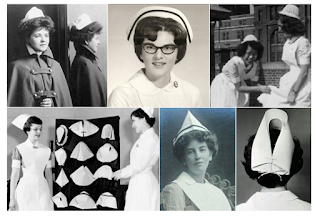AHA has an option for those that want to do a portion of their training online and then attend the final step with a certified instructor such as Heartland CPR. You can complete the lecture, video, and written test online and then do your skills session with us after that is complete. Please understand that most customers who go that route end up disappointed when they learn that it saves them neither time or money once you add the two parts together (that was never the intent when AHA introduced the blended learning option). If you choose to use the "blended learning", you can find AHA's online course here: www.onlineaha.org . We’ll be happy to help whichever way you choose to get your AHA training.
No legitimate training is 100% online and, unfortunately, educated people fall for it and then we hear from them after they’ve wasted a good deal of time and money when their employers won’t accept it (and really, when you think about it, would you want someone running a code on your kid or family member that got their certification online with no hands-on practice and never even proved their identity?).
AHA’s “blended learning” is what you’re looking at when you see BLS-S, ACLS-S or PALS-S on our schedule; after you complete the video, lecture, and test online you must come to an instructor such as us to complete the hands on portion; we charge $160 for our portion (the AHA is paid separately for the online piece). It is not cheaper or quicker once you add the two parts together; in fact, most customers tell us quite the opposite and always say they’ll come to a live class next time. Our live BLS Provider classes run $100 (all inclusive); ACLS-R and PALS-R refreshers run $240 (everything included, even the textbook) and is an option as long as you haven’t let your current ACLS/PALS certification lapse (there is no grace period per AHA policy) and your BLS must also be current since that is a prerequisite to the advanced disciplines; the full 2-day ACLS Provider or PALS Provider course is $300. If you happen to need BLS as well and choose to take a live class for that with us, you get a 10% discount on your advanced discipline(s) of ACLS and/or PALS and there are even options where you can do both in a single day for refreshers or a couple days for the full course(s). Don’t let it expire though because once you do, you are required to start over with the full 2-day class in each of those advanced disciplines.
Still have questions? Contact us and we'll answer your questions and help you get into legitimate training that fits your schedule!
#onlinescams #onlinecprtraining #bls #acls #pals #smallbusiness #cpr #aha
- Ginger Davis
Heartland CPR, llc
405-603-6666
www.HeartlandCPR.com












